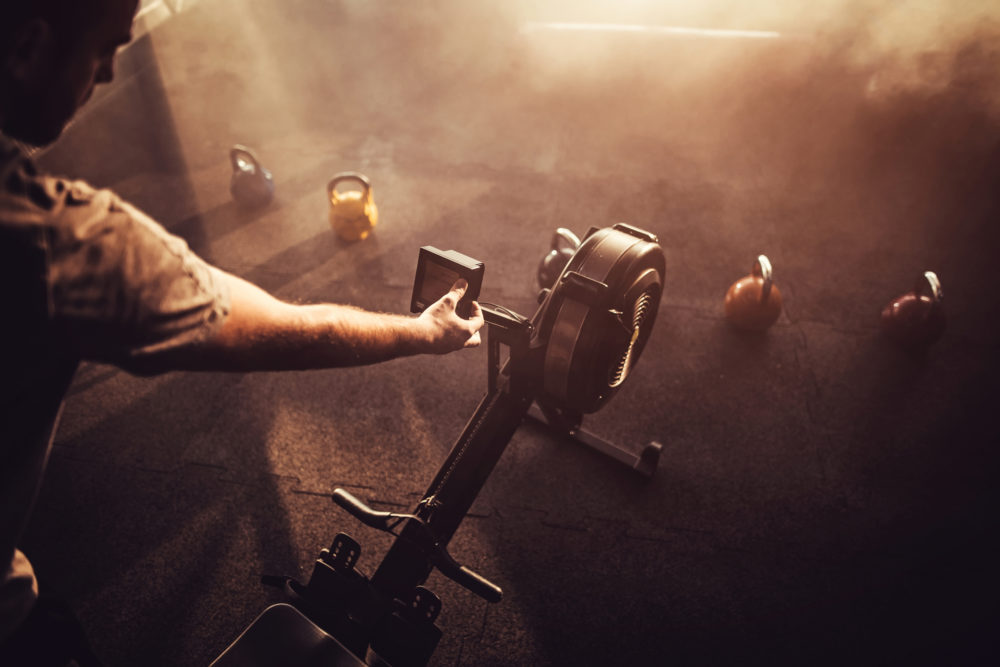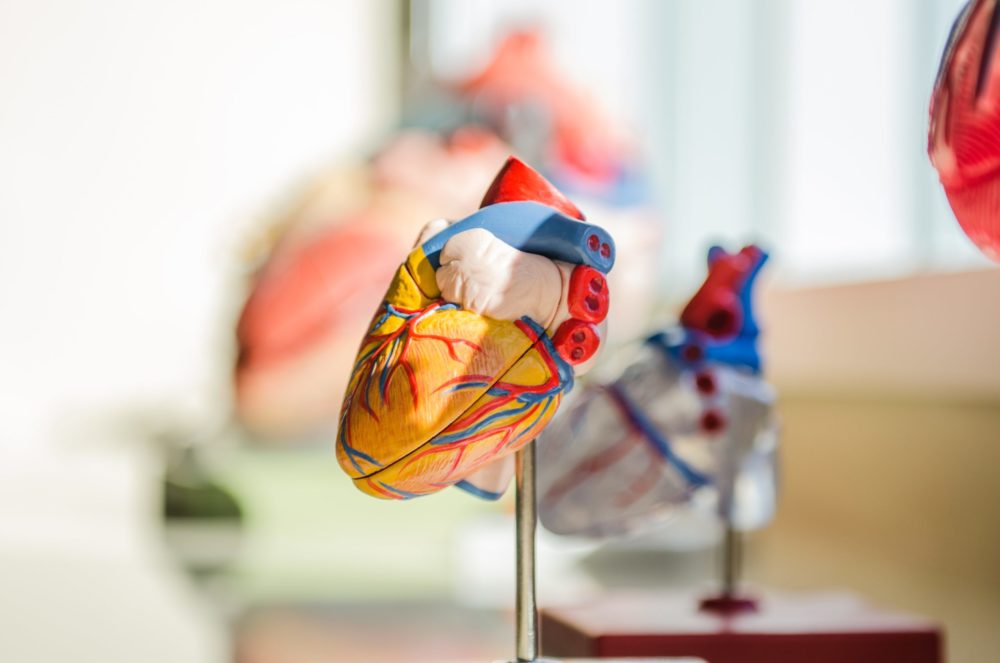
The Role of Interval Training Pt. 2
Last week we discussed the importance of intervals from a biological standpoint and really went deeper into understanding the energy supplies needed to work at various intensities for various intervals.
This week we carry the understanding of this on and look how to improve your repeat sprint ability as well as expanding on how this style of training can be your best judge of the efficiency of your training.
Different approaches to interval training.
Having discussed the biomechanical factors last week, the aim of this section is to outline how repeat sprint ability (RSA) and HIIT (High-intensity interval training) can be used to improve your overall fitness.
It is worth noting that your aerobic fitness (sustained ability to work) is fundamental to both RSA and HIIT. There is evidence from Gormley et al. (2008) that HIIT may improve aerobic fitness to a greater extent than more traditional steady-state endurance type training, however, it is worth noting that a certain level of aerobic fitness is always beneficial to overall training and longer endurance-based events.
The table below gives 4 of the most researched training systems used to improve aerobic fitness. Some of these have only ever been tested on sports such as cycling and Nordic skiing, however, those sports carry a high carry over to the sport of rowing in terms of the physiological demands and therefore have been included in this article.
| Training session | Protocol | Training intensity | Pre to post-training VO2 Max |
| 15/15 intervals | 15x15secs at 90-95% HRmax. 45 secs rest | High | 60.6 ml/kg/min to 64.4 ml/kg/min |
| PCr training | 6-12 rds of 30secs at 85-90% HRmax. 60sec rest | High | 55.5 ml/kg/min to 56.8 ml/kg/min |
| Anaerobic Glycolysis | Max intensity 30sec intervals. 4mins rest | High | 59.6 ml/kg/min to 60.8 ml/kg/min |
| Muscle buffer capacity | Repeat bouts (upto 6) of 30-60sec intervals with 1:1 work rest ratio. | Mod | 55.5 ml/kg/min to 60.4 ml/kg/min |
Most RSA based studies have all used VO2 max as a major determinant of training protocols performance – no surprise given its role in ATP resynthesis and the contribution it makes as intervals extend.
Results from RSA
It is important to judge the efficacy of any training intervention, and this can only be done monitoring performance over time. Once you have chosen to implement this style of training into your plan, remember to consider factors such as your baseline test you wish to work towards, the rate of fatigue and most importantly your recovery methods. Baston et al. (1994) provide a really useful summary to this point. Your 15secs sprints, 30sec intervals and 30-60sec sessions all significantly increase your blood lactic levels, however, each one emphasised gained through emphasising a different energy system. Only the 30-60sec repeats had blood lactic levels elevated for sustained period post-training and such differences in HIIT design can make all the difference to competition performance. Therefore when looking at programming its worth seeing what level of understanding your coach has on biochemistry to ensure they are programming sessions targeted at your specific weakness in energy systems.
Intervals done!! Really happy to go into more detail with this and many more training topics, not only for performance but also for understanding the importance of not just sticking to the same old same old when it comes to training. If you want to get ahead of the game and start putting more RSA sessions into your plan then head to The Crew http://babblecafe.com/workout and come join many others all doing the same with our short 1km and 500m plans that are all based on the sessions you have seen above to maximise your anaerobic performance.
Yours in fitness, education and embracing the short stuff!
Coach John
References
Balsom, P. D., Ekblom, B., & Sjodin, B. (1994). Enhanced oxygen availability during high intensity intermittent exercise decreases anaerobic metabolite concentrations in blood. Acta Physiologica Scandinavica, 150(4), 455-456.
Gormley, S. E., Swain, D. P., High, R. E. N. E. E., Spina, R. J., Dowling, E. A., Kotipalli, U. S., & Gandrakota, R. A. M. Y. A. (2008). Effect of intensity of aerobic training on V˙ O2max. Medicine & Science in Sports & Exercise, 40(7), 1336-1343.
No products in the cart.


